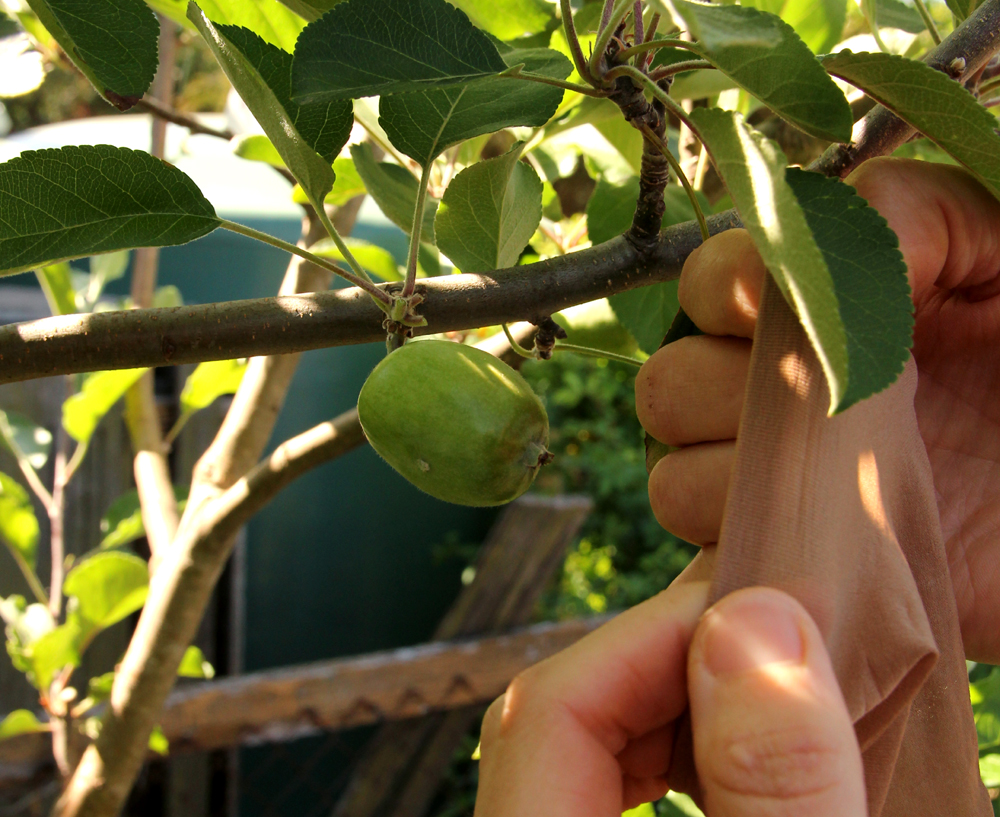October gardening jobs
2016-09-21T04:07:10+10:00
No matter where your organic garden is located, this timely advice will keep your plot healthy and productive.
If any month in Australia is a mixed bag of microclimatic vagaries, it has to be October. While northerners are at the start of their wet season build up, those of you in more timid southern locations are enjoying a lingering season of cool weather, blossoming trees and lovely green grass.
So there’s lots of planting, feeding, mulching and weeding being done in anticipation of a summer crop bonanza. For more on what to plant now, see my corresponding blog What to Plant in October.
My citrus trees are putting on a flush of healthy new leaves and pumping out thousands of flowers. To help the plants along during this period of strong growth, I’m feeding weekly with a combination of certified organic fish emulsion and seaweed extract. The former supplies essential nutrients in a liquid form that plants quickly gobble up. The latter offers trace elements and growth stimulants that help maintain optimal health. I’m applying these liquid supplements on the back of a September feed with solid chook pellets, and I have to say, the trees look superb!
Most plants that put on a flush of spring flowers or foliage will benefit from a feed during October. Use liquid fertiliser where you want a fast result, but for a longer term supply of nutrients use solid fertilisers. Avoid anything synthetic and focus on manure based fertilisers or, even simpler, composted manure. Just remember that some manures are higher in nutrients than others (chook pellets are much higher in nitrogen than sheep poo, for example) and always give the plant a thorough soaking after applying fertiliser. Dry fertiliser applied to dry soil can cause root damage.
To help stop evaporation and competitive weeds (which suck up valuable water and nutrients from more desirable plants) I mulch extensively. In fact, my aim at this time of the year is to leave no patch of soil bare. My favourite mulch is organic sugarcane. It’s grown in Queensland or northern NSW, breaks down nicely over about six months to a year and is relatively cheap to buy. My advice is to use whatever is locally available, and to tailor the mulch to the plant. Use soft, leafy mulches on vegie beds and perennials, and try rotted woodchips on trees and large shrubs. Fruit trees in particular thrive in the “fungal duff” conditions created by deciduous woodchips.
Wind is a major issue at my place during October. Often is blows hot and dry from the northwest, i.e. straight outta the desert. Plant foliage dries out just like washing on the line in such conditions (especially leafy veg like lettuces), and to prevent losses, it’s vital to offer some form of protection. I use fine weave netting as a throw over cover. This filters the wind, offers a bit of extra shade (about 16 percent) and helps reduce transpiration (moisture loss) from the leaves.
In northern and eastern Australia, fruit fly season is well and truly underway. You should have your control strategy organised by now, but if you haven’t try a combination of baiting, using organic products such as EcoNaturalure or Wild May, and exclusion, using bags or nets. If you’re neighbours simply leave fruit to fall on the ground and rot, offer to pick the fruit for them, clean up the windfalls and dispose and encourage them to implement their own control strategy. The fruit fly problem is most effectively controlled at a community level.






